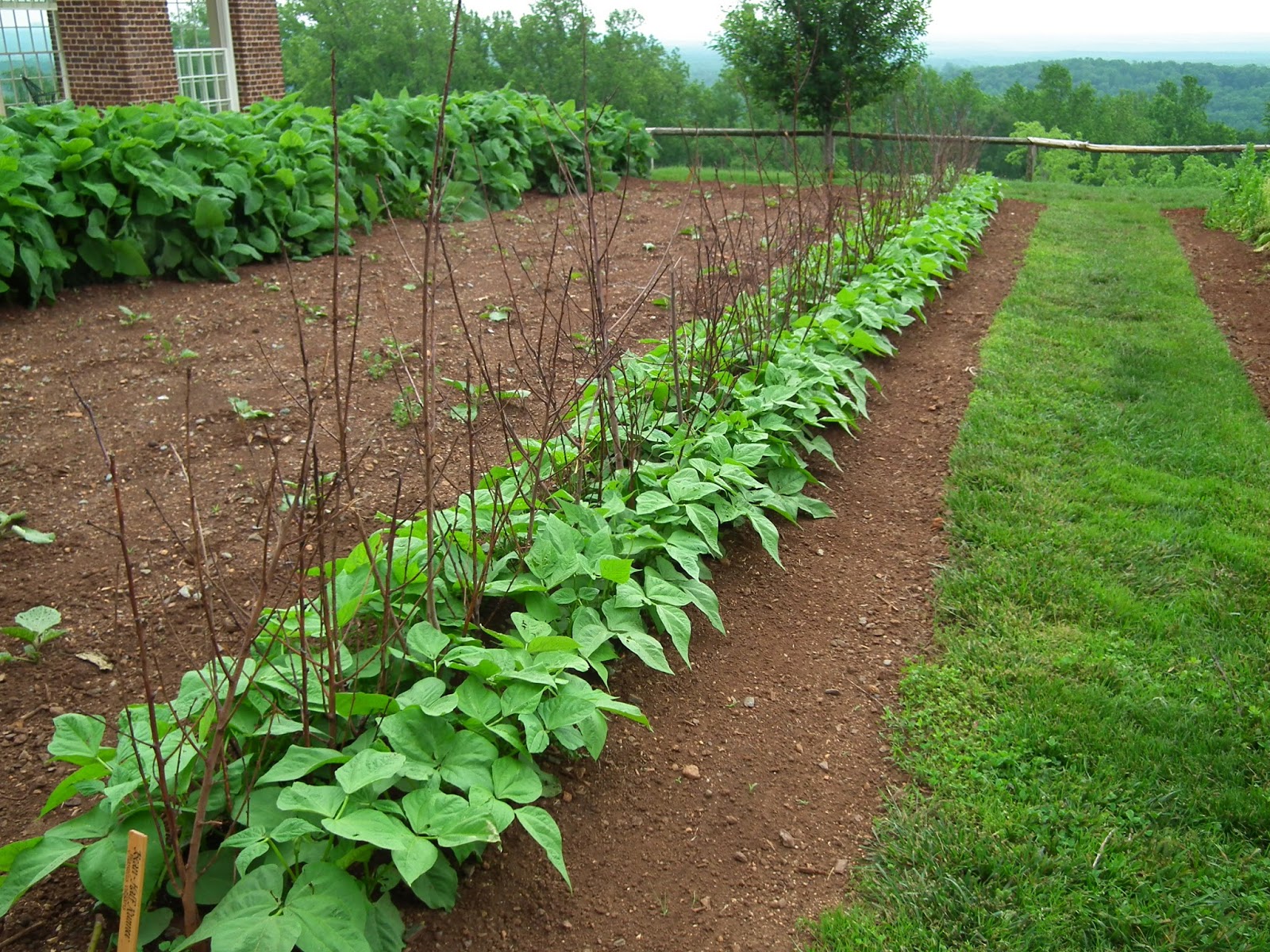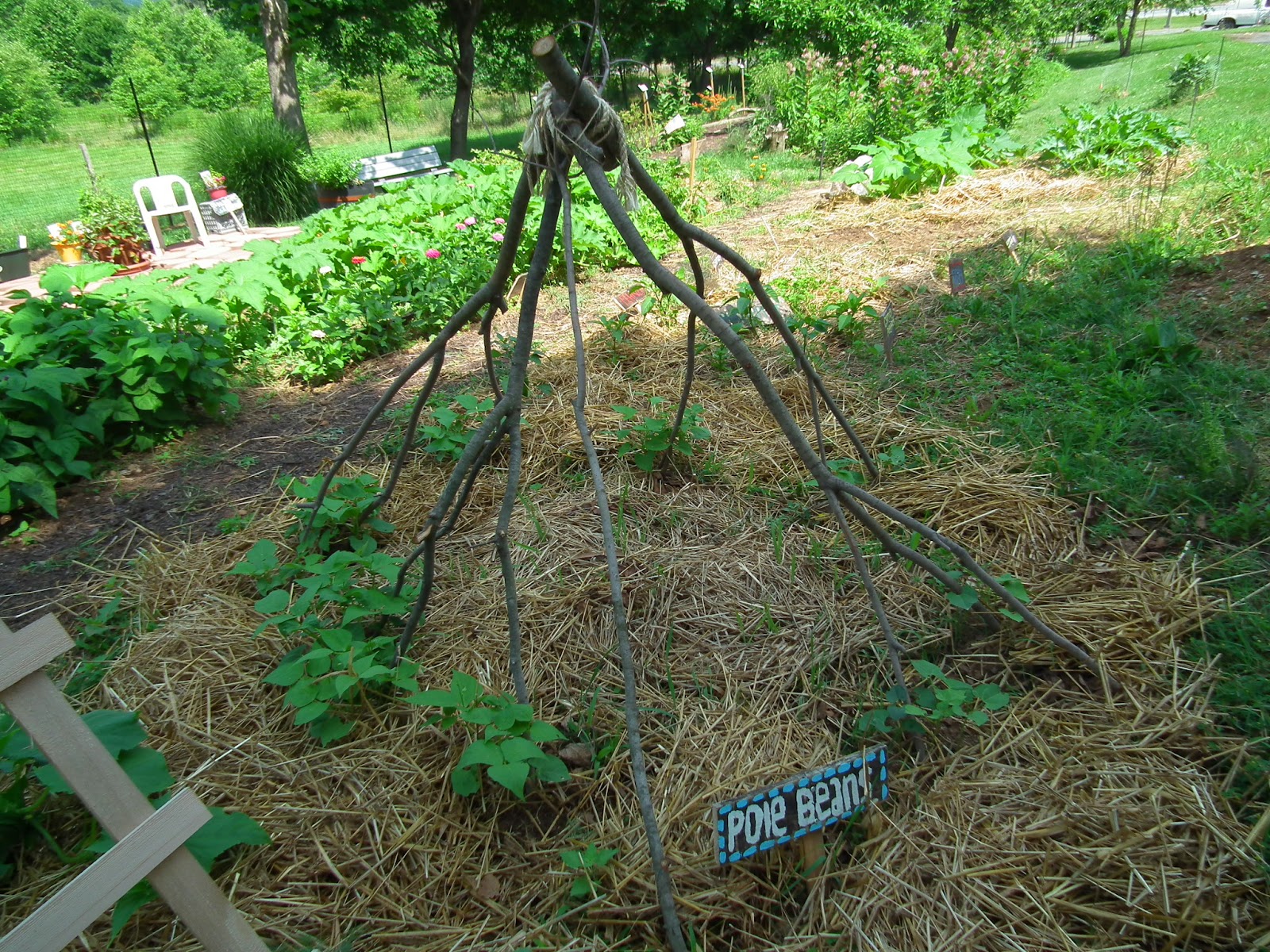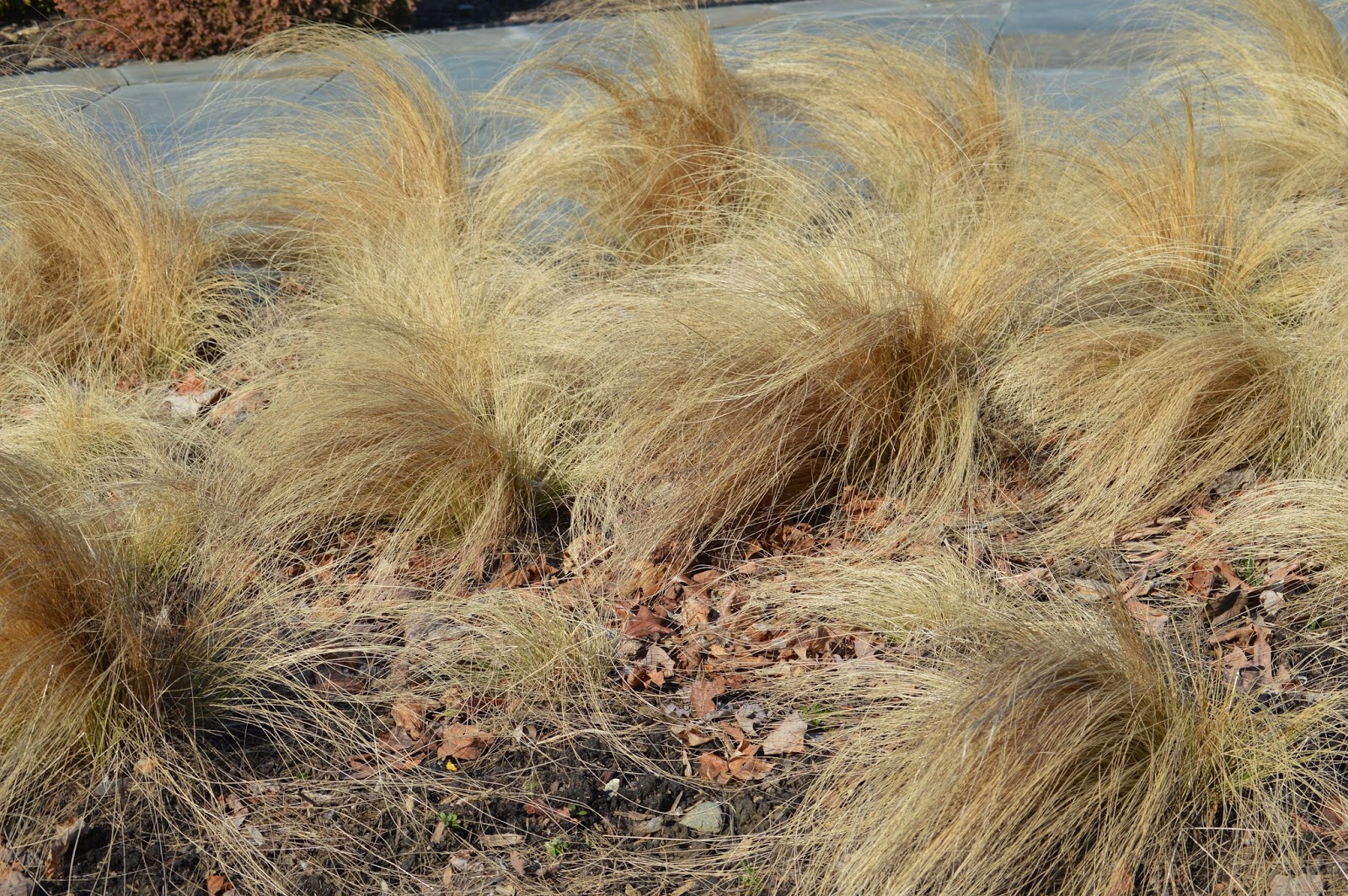I grew up in a city (Rockville, MD) with parents who grew up in bigger cities (South Bronx and Washington DC.) There was not a lot of gardening or landscape design in our neighborhood. We had a small yard that we mowed when needed. It wasn't until I met my future mother-in-law that I learned you could have a beautiful yard. She had shade trees and flowering shrubs and annuals. She also had a lawn service that came regularly and sprayed something that prevented dogs and children from walking in the grass for several days. Hmmm.
I did learn a lot from her, but I honed my skills after becoming a master gardener, I learned about Integrated Pest Management. Bottom line, you really don't have to kill all the bugs. Mother Nature does a lot of the work if you don't poison the good bugs. I learned about lawn care. See my post about lawns, there are lots of details. You don't have to poison everything to have a nice (enough) lawn. I don't aspire to a weed free, bug free existence. When my mother in law passed away, we inherited her arsenal of chemicals from her garden. OMG. They sat in my shed for several years until I saw an article in the paper for a hazardous material drop off in our city.
Living in the Washington DC/ Baltimore/ Virginia area, we are near some of the most beautiful gardens in the world. Within a few hours we have Mt Vernon, Monticello, Longwood, Winterthur, Oatlands, and the National Arboretum.
I have made trips to these gardens for inspiration, along with just being in a beautiful, peaceful setting.
Monticello, home of Thomas Jefferson:
Mt Vernon, home of George Washington:
Longwood Gardens, Pennsylvania:
Winterthur, Delaware:
Homes of fellow Master Gardeners in Maryland:
Mary's garden
Harriet's garden
Joan's garden
Master Gardener Demonstration Gardens:
FREDERICK COUNTY MASTER GARDENER'S DEMO GARDEN
Native path
Vegetable garden
Private Gardens:
Public FREE Gardens:
BALTIMORE'S DRUID HILL
BALTIMORE'S
CYLBURN ARBORETUM
BROOKSIDE GARDENS, MONTGOMERY COUNTY MARYLAND:
 |
| SUMMER |
 |
| SAME VIEW IN SPRING |
 |
| BUTTERFLY EXHIBIT |
Oatlands, Leesburg, Virginia:
Today is the last day of winter 2014. It's been a tough one. Good riddance.
 |
| frozen frog |
ahhhh, our wood stove
























































